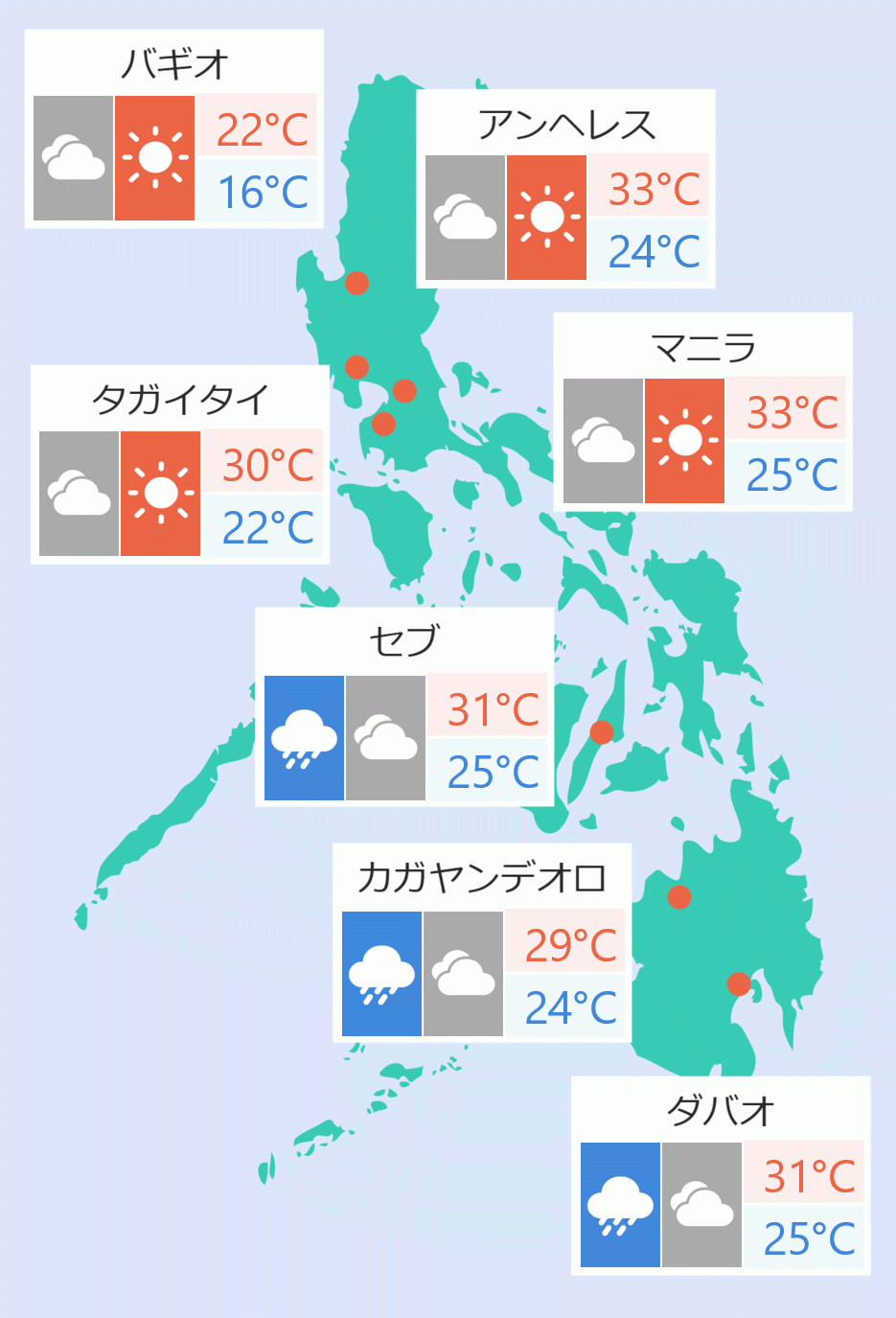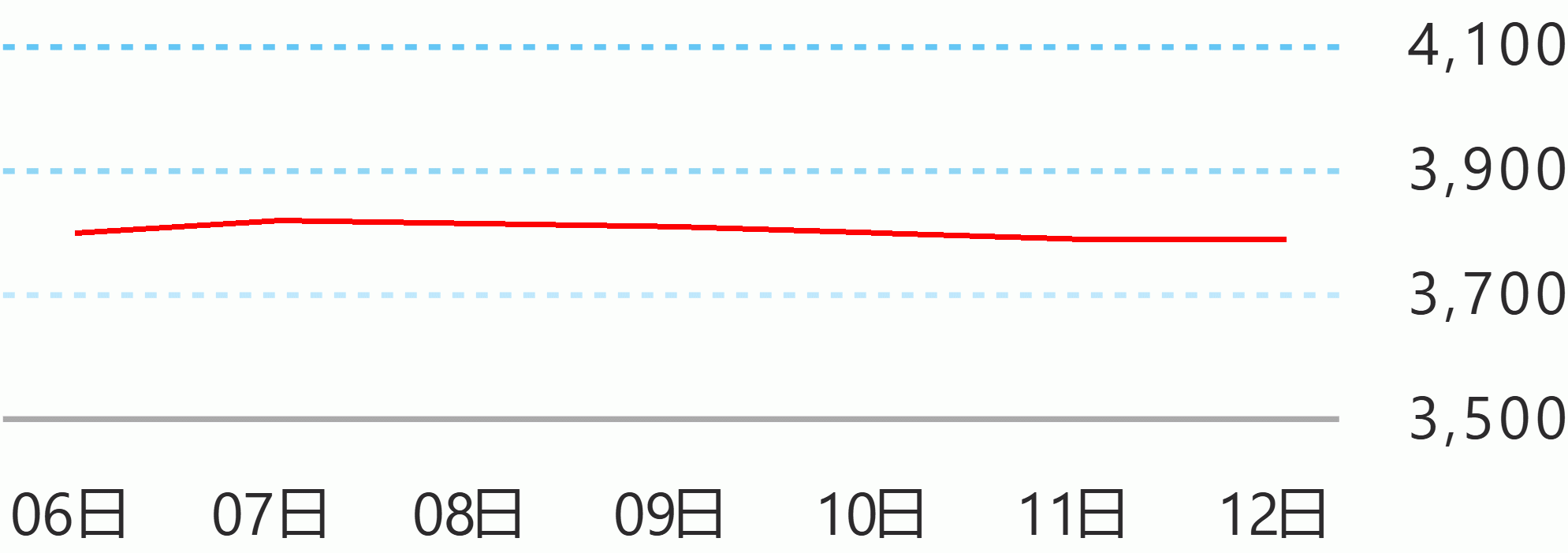By Robina Asido
TAGUIG-- Amid the ongoing maritime tension in the West Philippine Sea, President Ferdinand Marcos Jr. assures that the Philippines will always choose "the path of peace" as the nation marked the 80th anniversary of the Battle of Manila on Saturday.
As he led the commemoration of the liberation of Manila after three years of Japanese rule at the Manila American Cemetery and Memorial in Taguig City, Marcos honored the sacrifices of thousands of soldiers and civilians during the Second World War.
"On behalf of a grateful nation, I wish to recognize the veterans present here today and their families. We are privileged to not have to see what you had seen, to not have ingrained in our memories what you had to go through. May we continue to deserve living and thriving in this world that you have built for us. Filipinos paid the highest price for democracy to be preserved and for democracy to flourish," he said.
"Standing on this hallowed ground, we are reminded of our solemn duty to always do what is necessary to ensure that we bequeath a sovereign and proud country to future generations. The Philippines, deeply familiar with the atrocities brought about by war between and among nations, has always chosen the path of peace, and I can assure all of you that we will continue to do so," he added.
Marcos also noted that "the Philippines will always make a stand and will always stand for what is right."
"Through diplomacy, dialogue, and cooperation, we have successfully maintained a region that is peaceful, stable, and prosperous. We have and will continue to work with partners and the international community in building bridges, forging solutions, and preserving our global commons," the president said.
"In a world where the only thing that appears to be constant is change, we are thus gratified by our enduring alliance, our partnership, and friendship with the United States, especially towards advancing our common agenda of peace and prosperity in the Indo-Pacific. In peace and in war, through natural disasters and pandemics, Philippine-U.S. relations are firmly anchored on the values and principles that we cherish ? peace, democracy, fairness, social progress, and justice."
American Battle Monuments Commission Secretary Charles Djou emphasized that the commemoration of the 80th anniversary of the end of World War II is a reminder that "a free people willing to fight for freedom" is still the most powerful weapons system known to mankind.
"I remind all of you, all Filipinos, all Americans, but most especially of all, all authoritarians here in this world, whether they be in Beijing or Moscow, whether they be in Pyongyang or Tehran, that the most powerful weapon system known to mankind was, is and shall forever be, not Shandong, aircraft carrier patrolling the South China Sea. It is not the ability to build artificial islands in Filipino waters, it is not the ability to spread around money through a Belt and Road Initiative. No, the most powerful weapons system known to mankind is a free people willing to fight for freedom. That is what this site is all about, and what this ceremony is all about," he said.
The ceremony was also attended by the military and Philippine government officials, including Foreign Affairs Secretary Enrique Manalo and Defense Secretary Gilberto Teodoro Jr.
Also present were United States Ambassador to the Philippines MaryKay Carlson, Admiral Samuel Paparo, commander of the US Indo-Pacific Command, the surviving Filipino and US World War II veterans and others US and Philippine dignitaries.
In the morning of the same day, Memorare Manila 1945 also marked the 80th anniversary of the liberation of the city with the opening of "The Battle of Manila" exhibit in Intramuros.
The ribbon-cutting ceremony for opening of the exhibit located beside the Memorare Manila 1945 monument was also attended by Carlson together with National Historical Commission of the Philippines (NHCP) chairman Regalado Trota Jose Jr. andJoan Padilla, administrator of the Intramuros Administration.
Before the opening of the exhibit several groups and other Embassy officials from Poland, Australia, Spain, Mexico also laid wreaths at the monument in Plazuela de Santa Isabel in Intramuros, Manila.
US war veterans Corporal John Hodges, 101, of the US Army and Yeoman 2nd Class Arthur Grabiner, 99, of the US Navy returned to the Philippines to join the ceremony.
In an interview with the Daily Manila Shimbun, Grabiner who was onboard the USS Laurens and fought in Lingayen Gulf during the war said he still "vividly" remembers the war as if "it was just like yesterday".
"We were out at sea doing maneuvers, getting ready... When we brought troops into this country, it was memorable to free these people and go to Okinawa and do the same," he said as he remembered the Japanese Kamikaze attack against the US Navy.
In her speech, Carlson said the "ceremony reminds us that we must never forget the sacrifices made during the three and a half years of Japanese occupation."
"The liberation of Manila was hard won. American and Filipino soldiers fought side by side, but victory would not have been possible without the extraordinary courage and support of the Filipino people. They were not bystanders. They were active participants, risking everything," she said.
"The bond force between the United States and the Philippines and civilians were the first step in what is now the iron-clad US - Filipino alliance today. The US- Philippine alliance stands strong, built on mutual respect, shared values and commitment," the ambassador added.
Memorare Manila 1945, President Ma. Christina Aboitiz said the sculpture at the monument of Memorare Manila 1945 in Intramuros created by Peter de Guzman "eloquently speaks of the pain and anguish endured by innocent civilians, killed some by the savagery of Japanese soldiers, others by the heavy shelling of the liberating American forces as they came into the city."
"It is estimated that over 100,000 civilians were killed in the month of February, 1945 in the Battle of Manila," she said. DMS





 English
English









